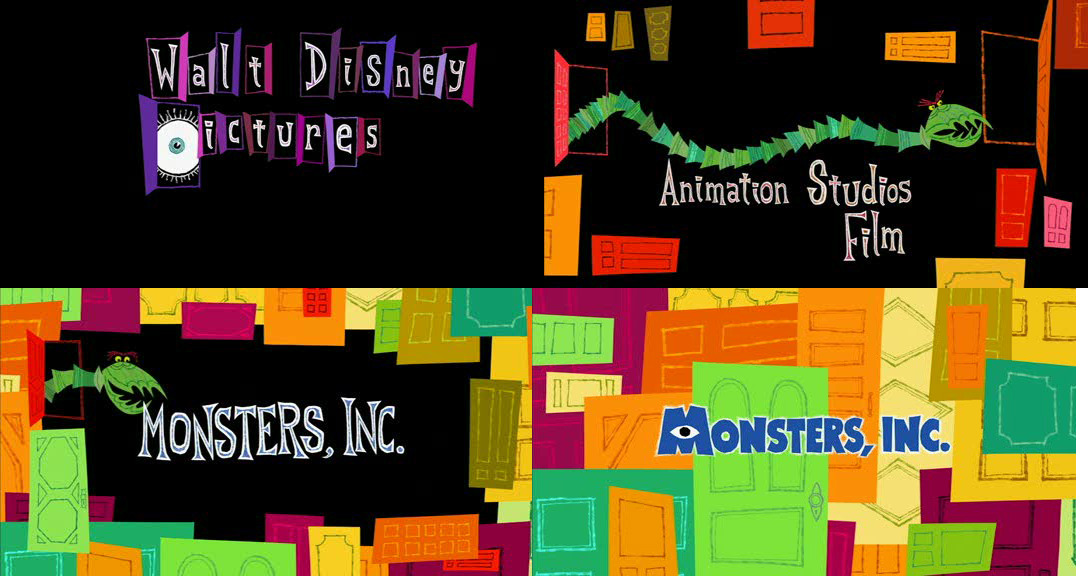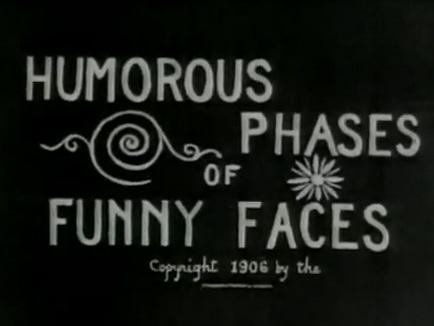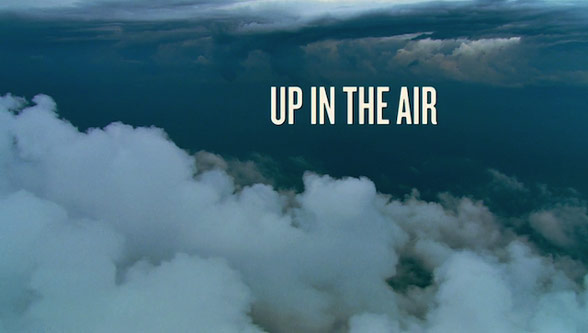Watchmen (2009, Zack Snyder) Title Sequence/Opening Scene Analysis
Editing
The text used were bold and bright yellow so that they stand out and the audience sees them. The text was also edited like it was stuck on the actual scenes so when the camera pans the text goes away with the scenes, this gives the effect that the text is actually there when the filmed, it wasn't added on. The texts also fades on the screen and transitions away when the scenes move on or when the camera angle moves.
The scenes also fade transition together with many scenes like a montage video. The quick cuts of the scenes tells the audience what genre this film maybe which is a superhero/sic-fi type of film. The scenes gave a brief outline of what the film is kinda about and the history of it.
The scenes are also darkened with low brightness and high contrast to give an old feel.
Some scenes were done as CGI such as the scene with the plane, CGI can makes the scene more enjoyable to watch as it can take the audience places where most scenes can't actually be filmed.
Mise-En-Scene
Lighting in the background of the scenes to enhance the look and quality.
Some scenes are dark as the other characters faces are hidden instead of the main character who has lighting on his face. This assures that the audience focus on the main characters facial expressions more.
Use of guns and props such as old TV's, superhero costumes, and old fashion such as suits with hats. This tells the audience what era this film may be based in and a rough idea of what it may be about.
Cinematography
Various scenes and shots such as panning, zooming in, close ups, long shots and mid shots. This make the title sequence look more interesting when the camera moves or is at different angles instead of it being in a fixed position.
Sound
Foley Sound used in the gunshots which also hints a genre of action to the audience.
There was also a non diegetic Soundtrack in the background which linked with the shots and the editing. The soundtrack told the story of the scenes to the audience and informs them that "the times are changing", showing as time goes on famous historical events will occur.
Personally I like this title sequence as it tells a breif story of what the film may be about and its also very well edited, that it is also enjoyable to watch this opening scene and it influences the viewer to watch the whole film.
By Ghanshyam Shiyani


















































